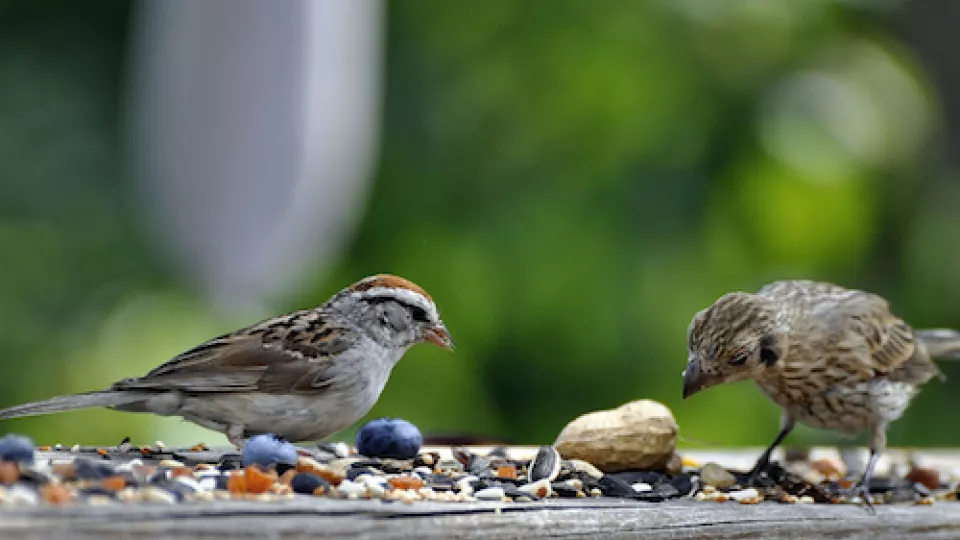This is the first real demonstration of how climate change has a similar, but significant impact on bird populations in large, distant areas of the world.
The team, led by Durham University, studied 145 common European birds and 380 American birds between the years of 1980 to 2010.
The scientists split the birds into two groups, one with birds thought to prosper under a changing climate and one with birds that would most likely respond negatively.
Using this method, the team found that common bird populations, even thousands of miles apart, are responding to the changing weather in a similar, pronounced way, and that the group that was thought to respond positively to climate change had - population wise - substantially outperformed those expected to suffer.
The data also revealed that although many species are thriving in some areas, they are on the other hand declining in others. For example, the American robin is on the rise in the Dakotas as it is becoming scarcer in Mississippi and Louisiana. And in Europe, the Dartford warbler has become eight times more abundant in the UK while simultaneously declining in Spain.
Seeing as birds helping to support our ecosystems and it is crucial to understand how they will respond to climate change.
Other key findings from the article:
- The species showing pronounced effects of climate change are common woodland and garden birds such as the wren, in Europe, and the American robin in the USA.
- Populations of bee-eater and Cetti's warbler, species with a southerly distribution in Europe, have increased in recent years, whilst more northerly distributed species such as willow tit and brambling have been declining in the same period.
- In Europe, species such as the wren have been increasing in northern areas where winters are becoming milder, but declining in some southern countries where summers have been getting hotter and drier.
The method used can also be used for other similar studies the researchers said:
"These findings represent a new climate impact indicator for biodiversity. The same approach could also be applied to species such as bees, butterflies and dragonflies, which are well monitored and highly susceptible to changes in climate,” says Dr Stephen Willis, the study’s co-lead author from Durham University.
Scientists at Durham University led the research with support from Lund University and many other universities across Europe and the US.
Read press release from Durham University: Strong effects of climate change on common bird populations in both Europe and the USA
Download article: Consistent response of bird populations to climate change on two continents Stephens et al (2016). Published in Science AAAS
